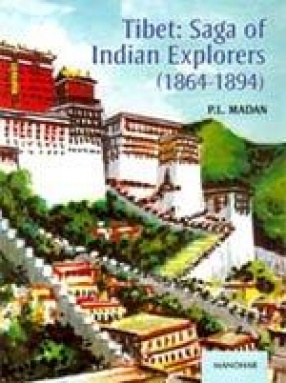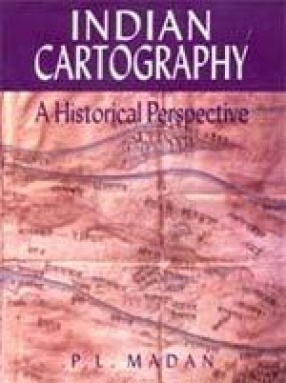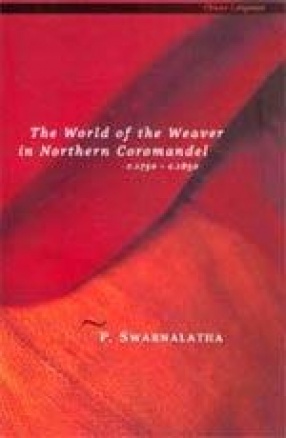By the middle of the nineteenth century the English were beginning to enjoy the fruits of their colonial empire. Military strategy and the political considerations, along with pressure from their intelligentsia for the safety of their colonial empire, and of course geographical expediencies forced the English authorities in the later half of the nineteenth century to begin seriously to collect information, both geographical and of general nature, about the vast terra incognita that was there all along the land frontiers of India since the prehistoric age. These were the regions where the English could travel in those days only at the risk to their lives. Strategically, they opted for sending the natives of the border region who were accustomed to frequent Tibet, Turkestan and the adjacent regions since early historical period for trade and religious pilgrimages. With the creation of the establishment for Trans-Himalayan exploration in 15 May 1863, and trained with elementary survey instruments the explorers began to systematically infiltrate in the northern regions in various disguises. The present work is mostly based on their ‘diaries’ and ‘reports’ submitted to the Survey department. Part I describes the beauty of the rugged country including its geographical and geological growth in much detail for the first time. The social, economic, cultural and religious activities of life in Tibet are very diligently described by the Indian explorers in Part II.
Tibet: Saga of Indian Explorers: 1864-1894
In stock
Free & Quick Delivery Worldwide
reviews
Bibliographic information
Title
Tibet: Saga of Indian Explorers: 1864-1894
Author
Edition
1st ed.
Publisher
ISBN
8173045674
Length
157p., Figures; Tables; Map; Notes; Appendices; Bibliography; 29cm.
Subjects






There are no reviews yet.